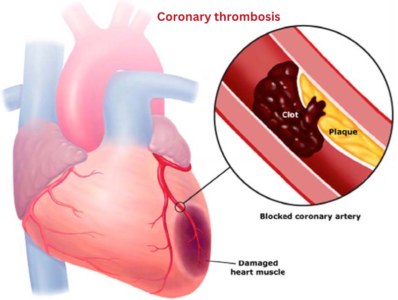World Hepatitis Day 2023: Unraveling the Differences Between Hepatitis B and Hepatitis C

As the world observes World Hepatitis Day on July 28th, it’s vital to shed light on two prevalent forms of hepatitis – Hepatitis B and Hepatitis C. These viral infections primarily target the liver but differ significantly in transmission, symptoms, and long-term health implications. Understanding these distinctions is crucial for individuals to take preventive measures and seek prompt medical intervention. In this blog post, we’ll compare Hepatitis B and Hepatitis C, explore their symptoms, and provide essential prevention tips.
Hepatitis B: The Basics
Hepatitis B stems from the Hepatitis B virus (HBV) and mainly spreads through contact with infected blood, semen, or other bodily fluids. Transmission can occur through unprotected sexual intercourse, sharing needles or syringes, or even via contaminated items like razors or toothbrushes. Unlike Hepatitis C, Hepatitis B offers diverse transmission pathways.
Hepatitis C: Transmission
Hepatitis C, on the other hand, results from the Hepatitis C virus (HCV) and predominantly transmits through contact with infected blood. Common transmission modes include sharing intravenous needles, receiving blood transfusions with contaminated blood (now rare due to stringent screening protocols), or using unsterilized medical equipment. While sexual transmission is possible, it’s less frequent compared to Hepatitis B.
Symptoms of Hepatitis B and Hepatitis C
Both Hepatitis B and C manifest similar symptoms, often making it challenging to differentiate them based solely on clinical presentation. Initial symptoms encompass fatigue, loss of appetite, nausea, vomiting, abdominal pain, and jaundice (yellowing of the skin and eyes). In some instances, symptoms may manifest mildly or remain absent, leading to asymptomatic infections. However, the absence of symptoms doesn’t imply that the virus isn’t harming the liver. Chronic infections of both Hep B and C can lead to severe liver complications, including cirrhosis, liver failure, or hepatocellular carcinoma (liver cancer).
Prevention Tips: Safeguarding Your Liver Health
Preventing both Hepatitis B and C entails adopting healthy practices and necessary precautions:
- Vaccination: Preventing Hepatitis B is most effective through vaccination. Ensure you and your family members are up-to-date with the Hepatitis B vaccine.
- Practice Safe Sex: Use condoms during sexual intercourse to reduce the risk of transmission for both Hep B and C.
- Avoid Sharing Needles: If you engage in drug use, refrain from sharing needles or syringes, as this constitutes a common route of transmission for both viruses.
- Ensure Medical Safety: When undergoing medical procedures or blood transfusions, ensure equipment undergoes adequate sterilization, and blood undergoes screening for Hepatitis C.
- Practice Good Hygiene: Avoid sharing personal items like razors, toothbrushes, or personal care items that may come into contact with blood.
- Screening and Testing: In case of suspected exposure or if you belong to a high-risk group, adhere to regular testing to detect infections early and promptly seek appropriate medical care.
In conclusion, while both Hepatitis B and Hepatitis C are serious liver infections, they differ significantly in transmission modes, symptoms, and preventive measures. Hepatitis B spreads through infected body fluids and can be effectively prevented through vaccination. Conversely, Hepatitis C primarily transmits via blood-to-blood contact. By adopting preventive measures and promptly seeking medical attention, the risk of infection can be reduced, and long-term complications mitigated. On this World Hepatitis Day, let’s raise awareness about these viral infections and empower individuals to protect their liver health. Remember, prevention is paramount!



